How is Christmas Celebrated in Germany and in other Countries?
Hello everyone! My name is Julia Fiedler and I’m currently in the 4th semester of my Master’s program at Karlshochschule. In the course of my studies, I have had many exciting experiences but what fascinated me most right from the start was the fact that you get to know people with diverse cultural backgrounds from all over the world. By exchanging with fellow students about their way of living in their specific home country including local celebrations and traditions, you have the chance to broaden your horizons.
For some international students it might be their first time staying in Germany, especially now over the upcoming Christmas holidays. Therefore, it is particularly important to be there for each other and to take care of your fellow human beings as much as possible. A first approach into this direction could be to find out about the culture of your counterpart in order to better comprehend their view of the world, and to be able to adopt a different perspective yourself. By doing this, you will probably notice that you have more things in common and share a wider range of similar values than you might have first expected.
The purpose of this blog article is to give international students a better understanding of typical German traditions, and to learn something new about Christmas customs from other cultures.
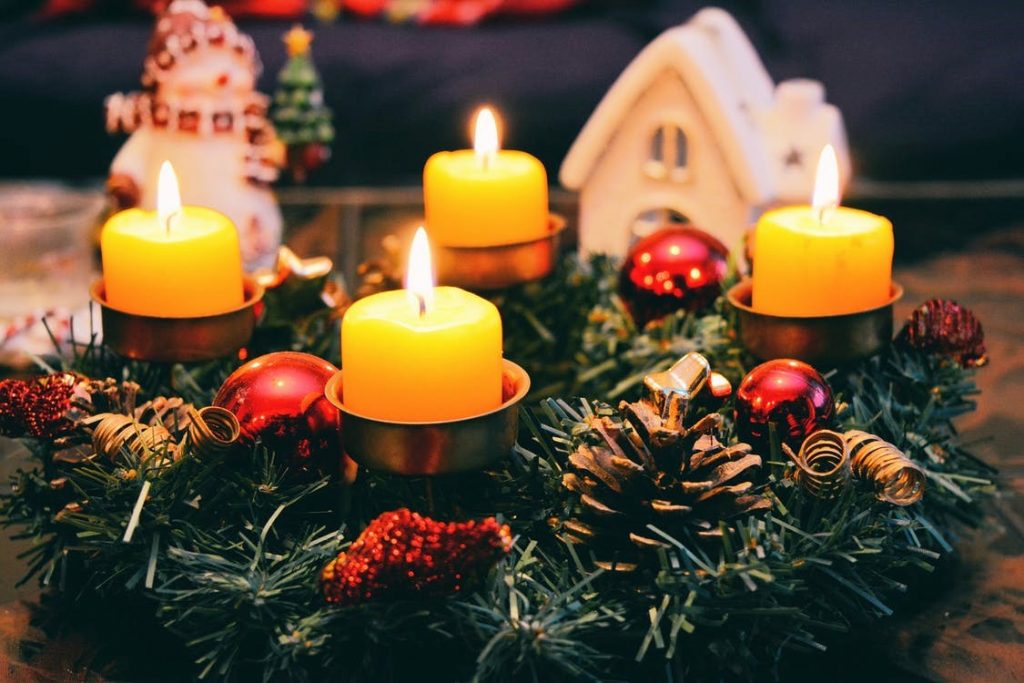
Advent Wreath, “Nikolaus” and “Sternsinger” in Germany
Christmas in Germany is full of unique traditions, which begin in the end of November by decorating windows with lights and baking Christmas cookies, the so-called “Plätzchen”. Advent, the time for which a Christmas wreath is typically crafted with a ring of fire branches that has four candles on it, plays an important role in German families. On every Advent Sunday, one more candle is lit until all the candles are alight to symbolically announce the forthcoming birth of Christ – the 24th of December. Traditionally on that evening, people attend mass in the church, where Christmas carols are sung while a group of children performs the nativity play. When they arrive at home, children find their presents under the festively decorated Christmas tree and believe that the “Weihnachtsmann” or the “Christkind” put them there. The following two days are also Christmas celebration days in Germany, in which you usually meet your relatives and enjoy a special Christmas meal together.
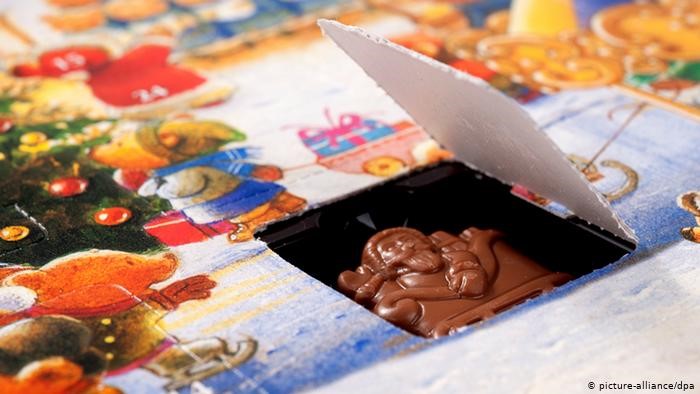
To shorten the children’s wait for Christmas, they receive an Advent calendar on the 1st of December with 24 little doors, which are often filled with chocolate. Particularly creative people make an Advent calendar by themselves and surprise their children or partner with individual small gifts. On the 6th of December, families celebrate Saint Nicholas Day, where some even arrange a disguised “Nikolaus” wearing a red coat and a white long beard. He carries a sack with little presents such as chocolate, nuts or mandarins and encourages the children to sing a song or to recite a poem to him. In certain regions of Germany, Saint Nicholas is accompanied by his fearsome helper “Knecht Ruprecht”, also called “Krampus”. This last-mentioned Christmas character is meant to bring the children, who have done something bad like lying to their parents or beating their siblings, to reason.
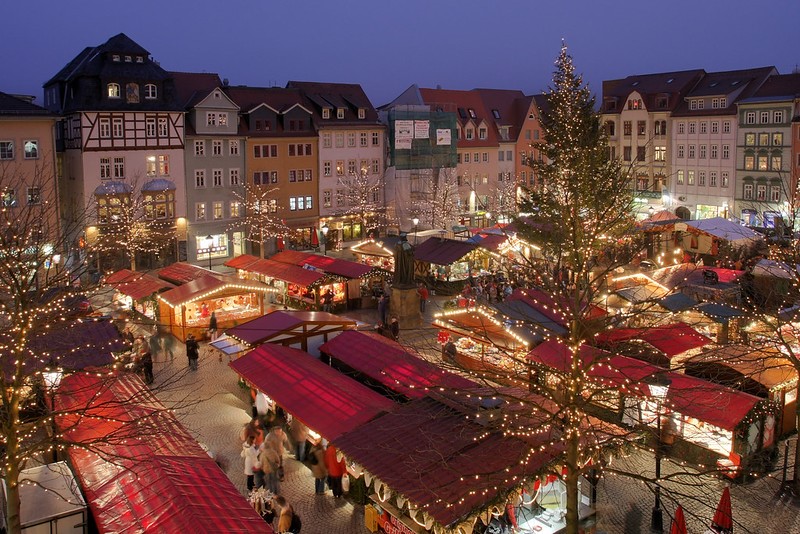
Germany is also well known for its Christmas markets usually opening from the beginning of December until Christmas eve. During this festive season, all kinds of Christmas food such as gingerbread or sweet roasted almonds as well as decorations are sold at small stands. Drinks typically include mulled wine and for the children, fruit punch to warm the soul. You can find many recipes online on how to make your own fruit punch or whatever you prefer.
The last Christmas tradition – Epiphany – takes place on the 6th of January. A group of acolytes with the name “Sternsinger”, dressed as the “Three Wise Men”, go from house to house to sing carols, “bless” the houses and ultimately collect money for charity. This event is organized by the local Catholic church communities.
Nativity Scene, Witch “Befana” and “Panettone” in Italy
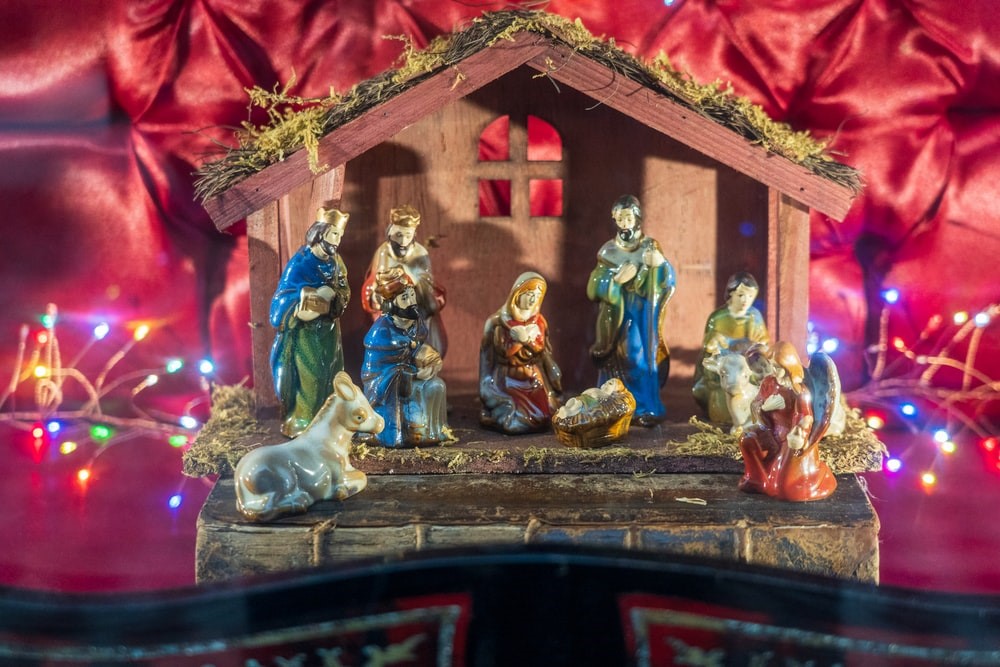
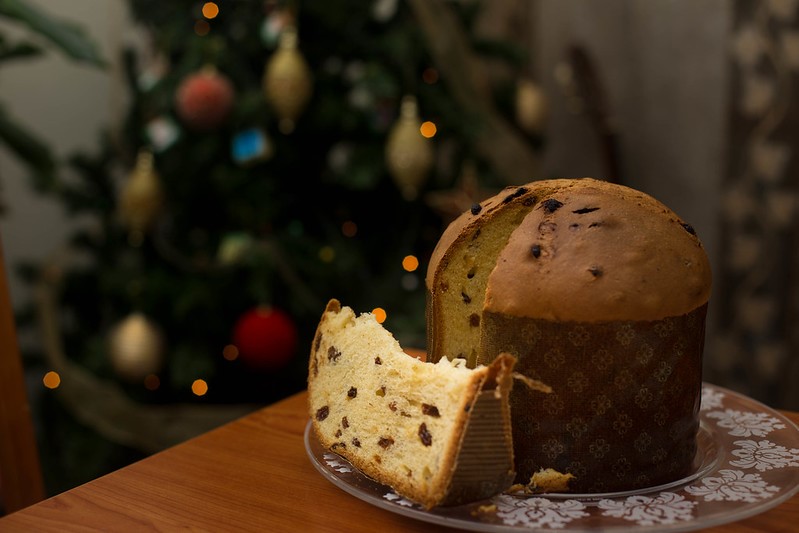
St. Lucia’s Day, “Gävle Goat” and Christmas Gnome in Sweden
One of the most important celebrations in Sweden is St. Lucia’s Day on December 13th. Based on an ancient story, St. Lucia was a young Christian girl wearing candles on her head to secretly bring food to the persecuted Christians hiding in the catacombs under the city of Rome. As a consequence, she was killed for her faith in 304. Nowadays, for St. Lucia’s Day, girls wear a white dress with a red sash round their waist as well as a crown made of Lingonberry branches and candles on their head during a procession. This tradition is also celebrated in other Scandinavian countries as well as in Croatia and Bosnia.
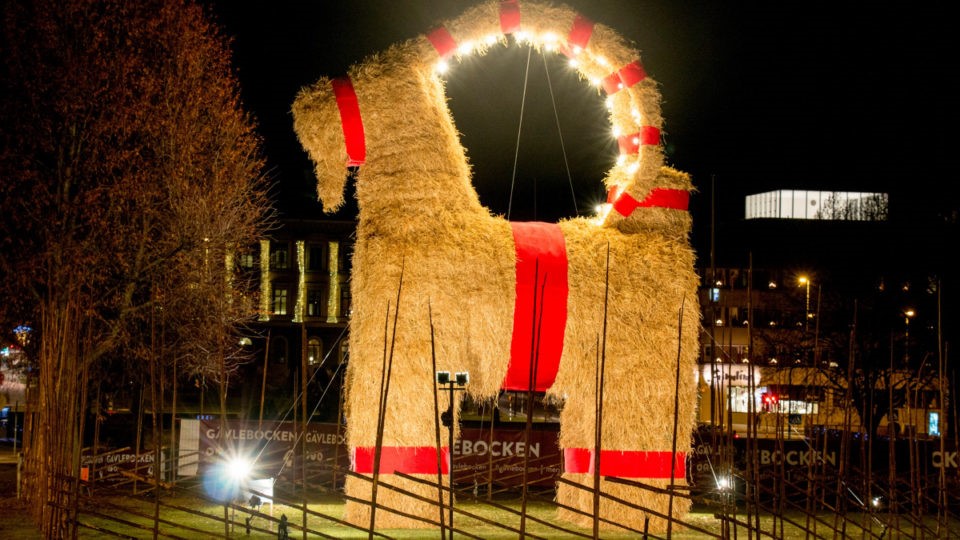
Moreover, there was a traditional belief about an invisible spirit called “Yule Goat”, which ensured that all preparations ran smoothly. Since 1966, this tradition took on a new meaning, as the idea came up to make a giant straw goat, now referred to as “Gävle Goat”, being built in the eponymous city every year for the beginning of Advent. In Sweden, presents are brought by Santa, who is known as “Jultomte” or by the Christmas gnome “Tomte”, who is given a bowl of porridge on the windowsill in order to keep him amused.
“Tió de Nadal”, Lottery and “The three Magic Kings” in Spain
In the Catalonia region of Spain, the Christmas character “Tió de Nadal” should not be missing in any home. The tradition is characterized as a small hollow log standing on two wooden legs with a smiling face painted on one end. From the 8th of December, Catalan families “feed” the log with some treats and cover it with a blanket to keep it warm. Afterwards on Christmas Eve, the log “returns” small gifts like sweets, nuts and dried fruits as a sign of gratitude.
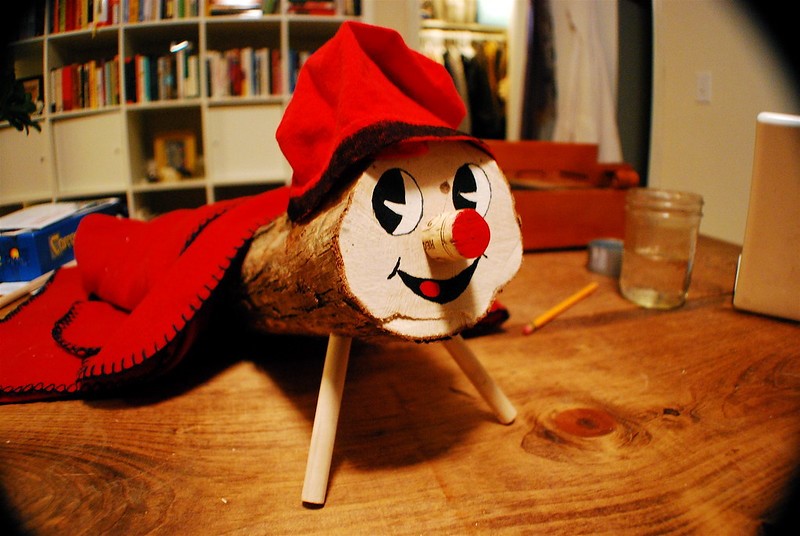
Since the late 19th century, the Spanish National Lottery has been releasing the largest amount of money of the year – called “El Gordo” – which has become a big public event that takes place on December 22. The lottery numbers are traditionally sung by 22 school children, while the whole country hopes for the best Christmas present of their lifetime.
Just like in Italy, most gifts in Spain are not opened until the 6th of January. Children believe that “The three Magic Kings” bring the presents at Epiphany, which is why they write letters to them asking for toys and leave their shoes on windowsills or under the Christmas tree to be filled with gifts.
“Las Posadas”, “Piñata” and Fireworks in Mexico
The Mexican Christmas season starts early in December with the religious march “Las Posadas” reinterpreting the journey of Mary and Joseph to Bethlehem. “Posada” means “shelter” and is a symbol for the stall in which Jesus was born. During this march, many children go from house to house in order to figuratively ask for an accommodation. Traditionally, they are sent away in the first houses until they are allowed to enter a home, where the Posada evening is celebrated with a small party including games, prayers and fireworks. One of the highlights for the children is the “Piñata”, a colourful papercraft figure filled with candy. Hanging from the ceiling, the children take turns hitting the “Piñata” with a stick while blindfolded until it breaks and finally sends a shower of treats to the floor. On the last night of “Las Posadas”, all the families go to church at midnight to say the Christmas prayer.
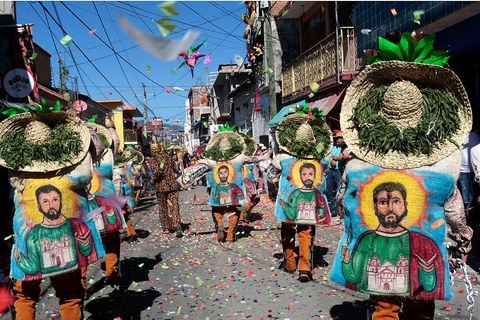
Western Influences and a Lantern Festival in the Philippines
The Philippines celebrate Christmas by far the longest of all the countries in the world, namely for five months. Shops begin playing Christmas songs as early as September, while the formal Christmas festivities start on the 16th of December by visiting the first of nine early morning masses in the church. Epiphany is the official last day of the holiday season, the first Sunday in January.
Christmas customs in the Philippines are a combination of western and native Filipino traditions. Apart from Santa Claus, also Christmas trees, Christmas cards and Christmas carols from western countries are common. Nevertheless, people from the Philippines additionally have their own Christmas traditions such as the “Parol”, which is a bamboo frame with a lighted star lantern on it, which illustrates the star of Bethlehem that guided the three Wise Men. Furthermore, the city of San Fernando holds a Giant Lantern Festival that features thousands of sparkling “Parols”, creating a unique Christmas atmosphere.
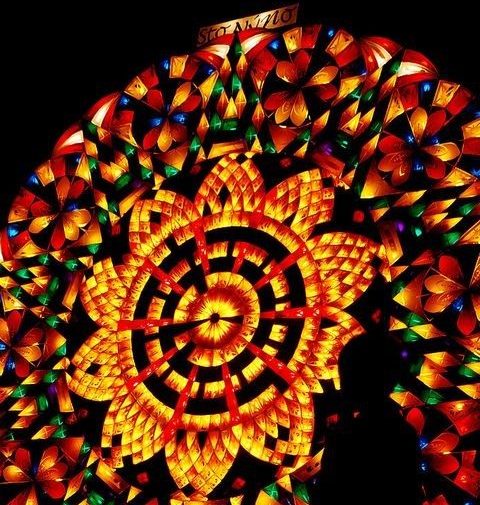
Different Traditions – Similar Values
It is really impressive how many different, yet partly very similar traditions exist in the world. No matter how far apart we live, what we all have in common are certain values like family, faith and hope.
I wish you all a healthy Christmas!
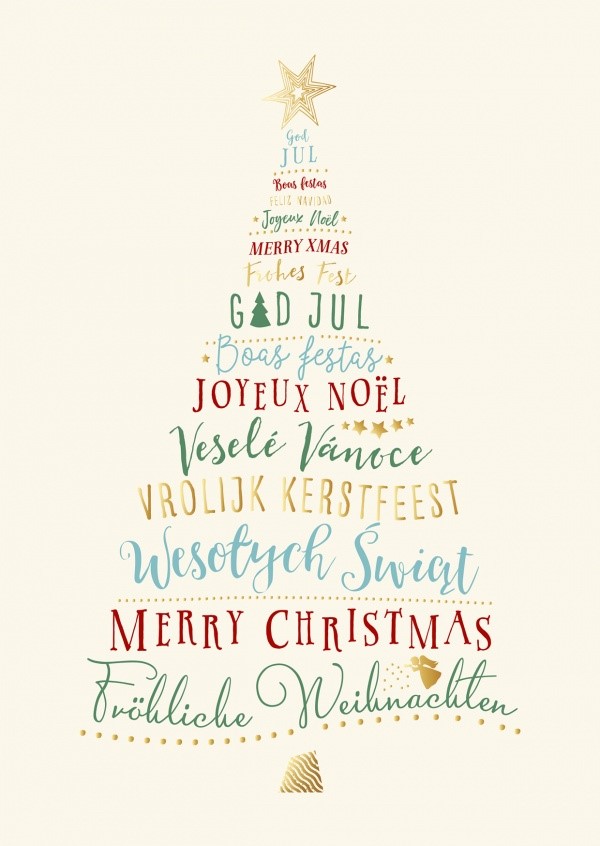
Article by Julia Fiedler – Master in Management (M.A.)